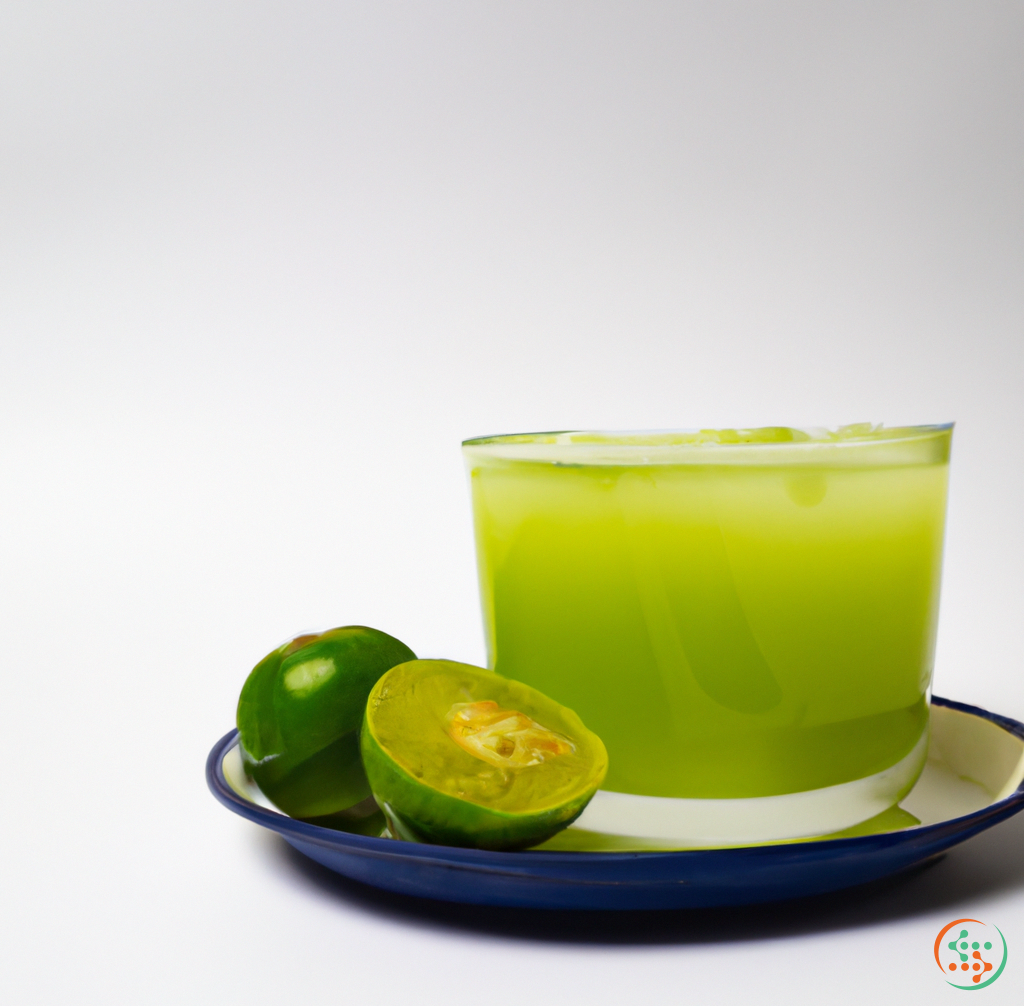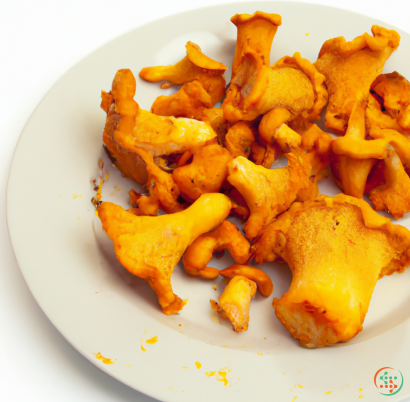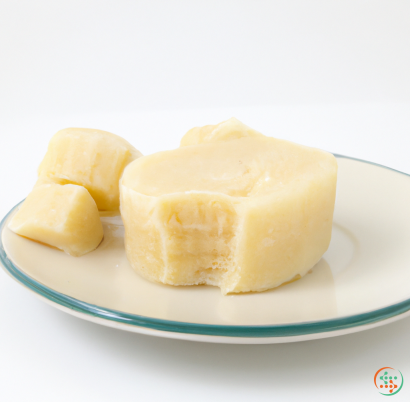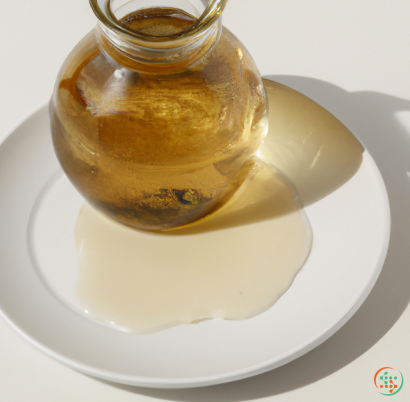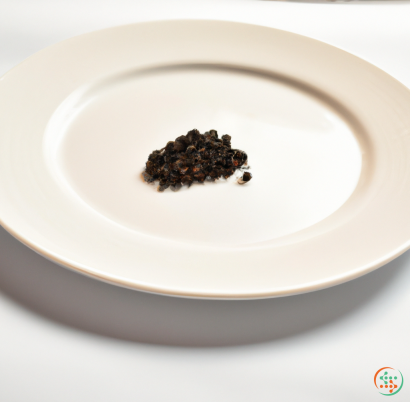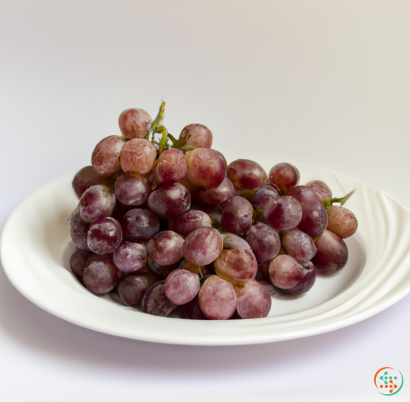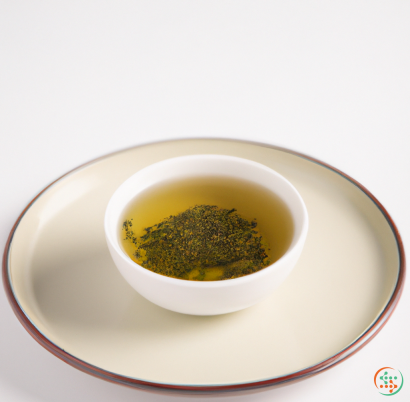Lime Juice
and its health benefits
Lime juice is a type of citrus juice made from limes, a small green fruit that is grown in tropical climates around the world. While limes have been used for centuries as a flavoring in foods and drinks, more recently, the juice has become popular among health enthusiasts as a key ingredient in beverages and food recipes.
The citrus fruit is often thought of as a key ingredient in margaritas and other drinks, but it is also widely used to add a hint of tartness to sweet recipes or as a garnish. It is also a popular ingredient in salads and sauces. While limes can be eaten on their own, most people prefer the flavor in juice form for its intense flavor and ease of use.
So what makes lime juice so incredibly healthy?
One of the key benefits of the juice is its ability to help keep your immune system strong. The juice is packed with vitamin C, which is essential for fighting off infections and promoting wound healing. It also contains minerals such as potassium, iron, and magnesium, which can help your body function properly.
Lime juice is also known for its ability to help digestion and keep your gut bacteria balanced. The juice contains citric acid, which helps break down proteins and makes it easier for your body to absorb nutrients. The naturally occurring acid also helps to limit the growth of harmful bacteria in the gut, helping to protect against infections.
In addition to the digestive benefits, the juice can also help to improve the appearance of your skin and hair. Washing your face with lime juice can help reduce surface bacteria, resulting in less breakouts and a clearer complexion. And when used as a hair rinse, you can expect shiny, healthy tresses.
For those seeking to lose weight or maintain their current weight, lime juice can also be a great ally. The juice is low in calories and fat-free, making it a great choice for any diet plan. Its natural sweetness and refreshing taste help to satisfy cravings for sugar or processed snacks. Additionally, the juice's high acidity helps the body burn fat more efficiently, promoting weight loss.
Eating two limes per day has been linked to a lowered risk of metabolic syndrome, a condition often associated with obesity, diabetes, and heart disease. So if you're looking for an easy way to help support a healthier lifestyle, consider adding a glass of lime juice to your daily routine!
Lime juice is an incredibly versatile beverage and can be used in a wide range of recipes, from savory dishes to sweet treats. It can even be used as a marinade or as a base for smoothies and frozen cocktails.
No matter how you decide to incorporate lime juice into your diet, the benefits are undeniable. The vitamin C and minerals found in the juice will help to keep your immune system strong and can help promote better digestion. In addition to improving your skin and hair, the juice can be used to help with weight loss and lower your risk of metabolic diseases. So why not give it a try and see how it benefits your overall health?
When you think of the phrase "from lime juice to dinner plate" the first thing that comes to mind is usually the process of how a lime juice is squeezed and then served in some form as part of a meal. Yet, this simplistic description of course omits the essential steps of how it is actually created, transported and prepared as an edible form of nutrition.
This blog post seeks to explain the journey that a lime juice takes from its origin as a fruit to its eventual service at a dinner plate. It will look into the process of the growing, shipping and distribution of limes, before looking in particular detail at the process of preparing lime juice from scratch. Finally, to provide a perspective of understanding the importance of the process, the nutritional benefits of lime juice will be explored.
--
The process of creating lime juice begins with the growing of limes. The lime is a citrus fruit that originates from either southeastern Asia or from the Middle East, though it is now grown in many tropical or subtropical climates (1). Most lime varieties require a milder climate without excessive cold snaps or exposure to strong wind (2). As the limes ripen on the tree, harvest workers are usually responsible for picking them off and ensuring only high quality, ripe fruits are sold to retailers.
Once picked, the limes are packed, weighed and shipped to the consumer. Depending upon their destination, retailers will typically use trucks, railways, and even sea transportation (3). Limes are highly perishable and cannot withstand even limited exposure to cold temperatures. To limit the damage caused by cold exposure and maintain the quality of the fruit, retailers use chilled containers when transporting the limes.
Once the limes arrive in their respective markets, wholesalers, supermarkets and other local or regional businesses have them inspected and sorted for quality and freshness. Then, when the limes reach their retail destinations, the packaging procedures begin.
The limes are once again inspected for quality and any unacceptable fruits are discarded. Then, the acceptable fruits are sorted and packed super tight to limit any damage or bruising. Afterpacking, the limes are labeled and shipped off to the consumer where they are available for purchase.
Once a consumer purchases a lime or a bag of limes, the process of turning them into a delicious, healthy lime juice begins. To start, the limes must be washed under running water to remove any dirt, dust or debris. Then, once the limes are clean, they are cut into halves or quarters and are ready to be juiced.
To juice the limes, a manual or automatic lime juicer can be used. Manual lime juicers are sometimes preferred by those who want to enjoy the experience of making their own lime juice, while electric juicers are more efficient and faster. In both cases, the cut limes are placed into the lime juicer, and either manually (in the case of manual juicers) or automatically (in the case of electric juicers) the juice is extracted from the limes.
Once the limes have been juiced, the juice mix is placed in a pot or container and heated up on medium heat for a minute or two. This step serves the purpose of mixing the lime juice ingredients, as some of the juice will contain pulp or zest from the limes themselves. By heating up the mixture, the pulp and zest will mix with the main juice, creating a blended drink. The heated lime juice is then sieved to ensure that the smooth texture of the final product.
Following this, the sieved lime juice is poured into a glass or cup to be enjoyed. Meanwhile, if the intention is to create a more substantial drink that could be used in recipes such as desserts, the lime juice can be boiled down to reduce the liquid content and create a thicker, syrup-like texture.
At this point, the lime juice has reached its full potential, allowing it to be served in a variety of different ways. On its own as a refreshing drink, it can be used as a garnish of many dessert recipes, to give a sour flavor to many dishes like salads, or just to contribute to its great nutritional value when mixed with many other drinks.
Lime juice contains impressive concentrations of vitamins C, E, and B6 (4). Vitamins C and B6 are both powerful antioxidants, meaning that they can help to fight off oxidative damage caused by free radicals, and can help to support healthy skin (5). Vitamin E, on the other hand, can play an important role in the repair and function of the nervous system (6).
In addition to these essential vitamins, lime juice also contains several mineral compounds, including iron, magnesium, zinc, and calcium (7). Iron is particularly important, as it plays a role in the formation of red blood cells and helps to transport oxygen throughout the body (8).
Moreover, lime juice is a great source of dietary fiber, which can help to keep the digestive system healthy and functioning efficiently (9). It also contains an impressive variety of bioactive compounds, which can help to support metabolism function and have anti-inflammatory properties (10).
The thoughtful combination of fresh limes and precise juicing processes take time and effort to make a delicious and nutritious lime juice. Ultimately, the combination of vitamins, minerals, and bioactive compounds make lime juice a powerful food that can provide several health benefits.
We can thus see that processes involved in lime juice production are numerous, and yet necessary (and equally enjoyable!) in order to appreciate one of the world’s most popular and curious fruits in its full potential on a dinner plate.
--
References
1. Hopkins, C., “Where Does Lime Come From?”, Diversity Foods, 2018.
2. “What Are the Growing Requirements for Lime?”, SFGate, 2020.
3. Hewett, T., “Oranges and Lemons: Shipping the Sweet Stuff Around the Globe”, Air Cargo World, 2016.
4. Wyman, M., “Lime Nutrition Facts, Health Benefits, and Nutritional Content”, Healthline, 2019.
5. “Vitamin C”, WebMD, 2020.
6. “5 Benefits of Vitamin E, Plus Dosage and Side Effects”, Healthline, 2020.
7. “Health Benefits of Drinking Lime Water”, Global Healing Center, 2020.
8. “What is Iron?”, National Institute of Health, 2018.
9. Rahman, S., “Health Benefits of Eating Limes”, Lifealth, 2018.
10. “What are the Health Benefits of Lime Juice?”, Healthline, 2020.
| Vitamin A | 0.002 mg | |
| Beta-Carotene | 0.03 mg | |
| Vitamin E | 0.22 mg | |
| Vitamin K | 0.6 ug | |
| Vitamin C | 0.03 grams | |
| Vitamin B1 | 0.03 mg | |
| Vitamin B2 | 0.02 mg | |
| Vitamin B3 | 0.14 mg | |
| Vitamin B4 | 0.0051 grams | |
| Vitamin B5 | 0.12 mg | |
| Vitamin B6 | 0.04 mg | |
| Vitamin B9 | 0.01 mg |
| Calcium | 0.014 grams |
Daily Value 1.3 g
|
| Iron | 0.09 mg |
Daily Value 0.018 g
|
| Magnesium | 0.008 grams |
Daily Value 0.4 g
|
| Phosphorus | 0.014 grams |
Daily Value 1.25 g
|
| Potassium | 0.117 grams |
Daily Value 4.7 g
|
| Sodium | 0.002 grams |
Daily Value 2.3 g
|
| Zinc | 0.08 mg |
Daily Value 0.011 g
|
| Copper | 0.03 mg |
Daily Value 0.9 mg
|
| Manganese | 0.02 mg |
Daily Value 0.0023 g
|
| Selenium | 0.1 ug |
Daily Value 0.055 mg
|
| Tryptophan | 0.002 grams | |
| Threonine | 0.002 grams | |
| Isoleucine | 0.002 grams | |
| Leucine | 0.016 grams | |
| Lysine | 0.016 grams | |
| Methionine | 0.002 grams | |
| Cystine | 0.002 grams | |
| Phenylalanine | 0.011 grams | |
| Tyrosine | 0.002 grams | |
| Valine | 0.011 grams | |
| Arginine | 0.015 grams | |
| Histidine | 0.002 grams | |
| Alanine | 0.024 grams | |
| Aspartic Acid | 0.114 grams | |
| Glutamic Acid | 0.067 grams | |
| Glycine | 0.011 grams | |
| Proline | 0.03 grams | |
| Serine | 0.035 grams |
| Glucose | 0.6 grams |
|
| Fructose | 0.61 grams |
|
| Sucrose | 0.48 grams |
|
| Total Sugars | 1.7 grams |
per 100g
|
| Palmitic acid (16:0) | 0.01 grams |
|
| Total Saturated fatty acids: | 0.01 g | |
| Oleic acid (18:1) | 0.01 grams |
|
| Total Monounsaturated fatty acids: | 0.01 g | |
| Linolenic acid (18:3) | 0.01 grams |
|
| Linoleic acid (18:2) | 0.02 grams |
|
| Total Polyunsaturated fatty acids: | 0.03 g | |
